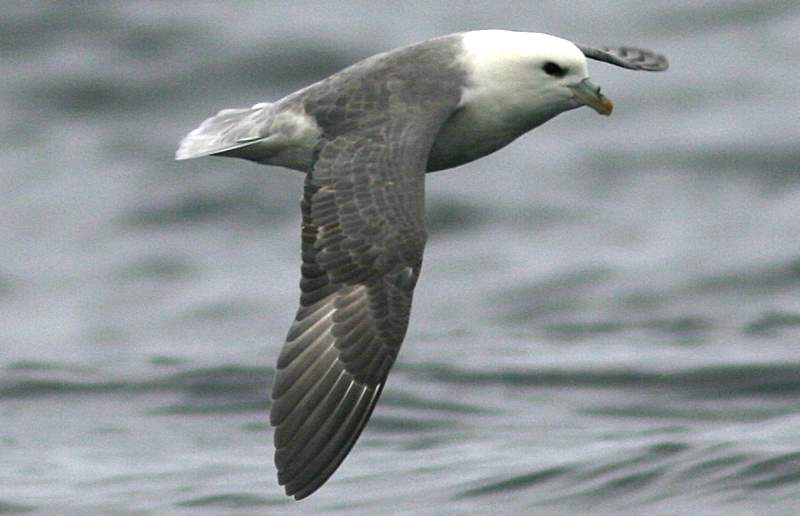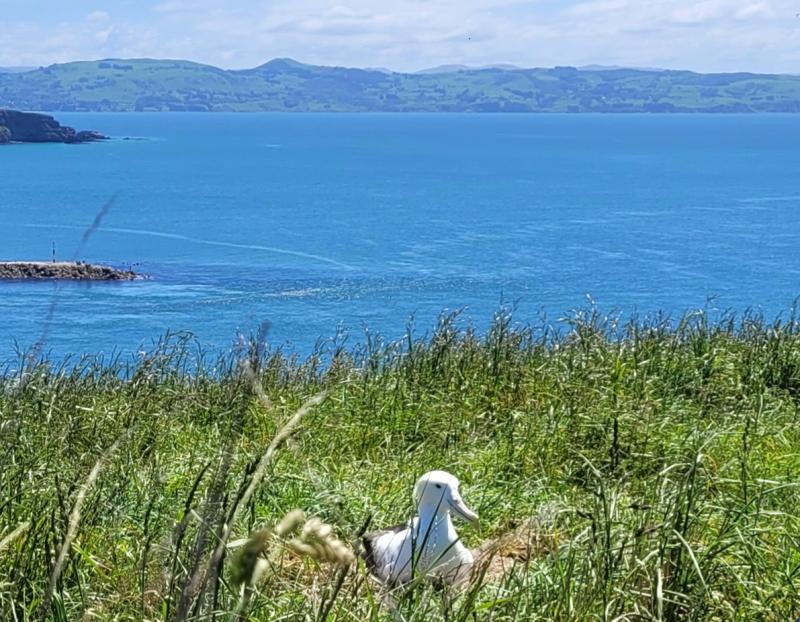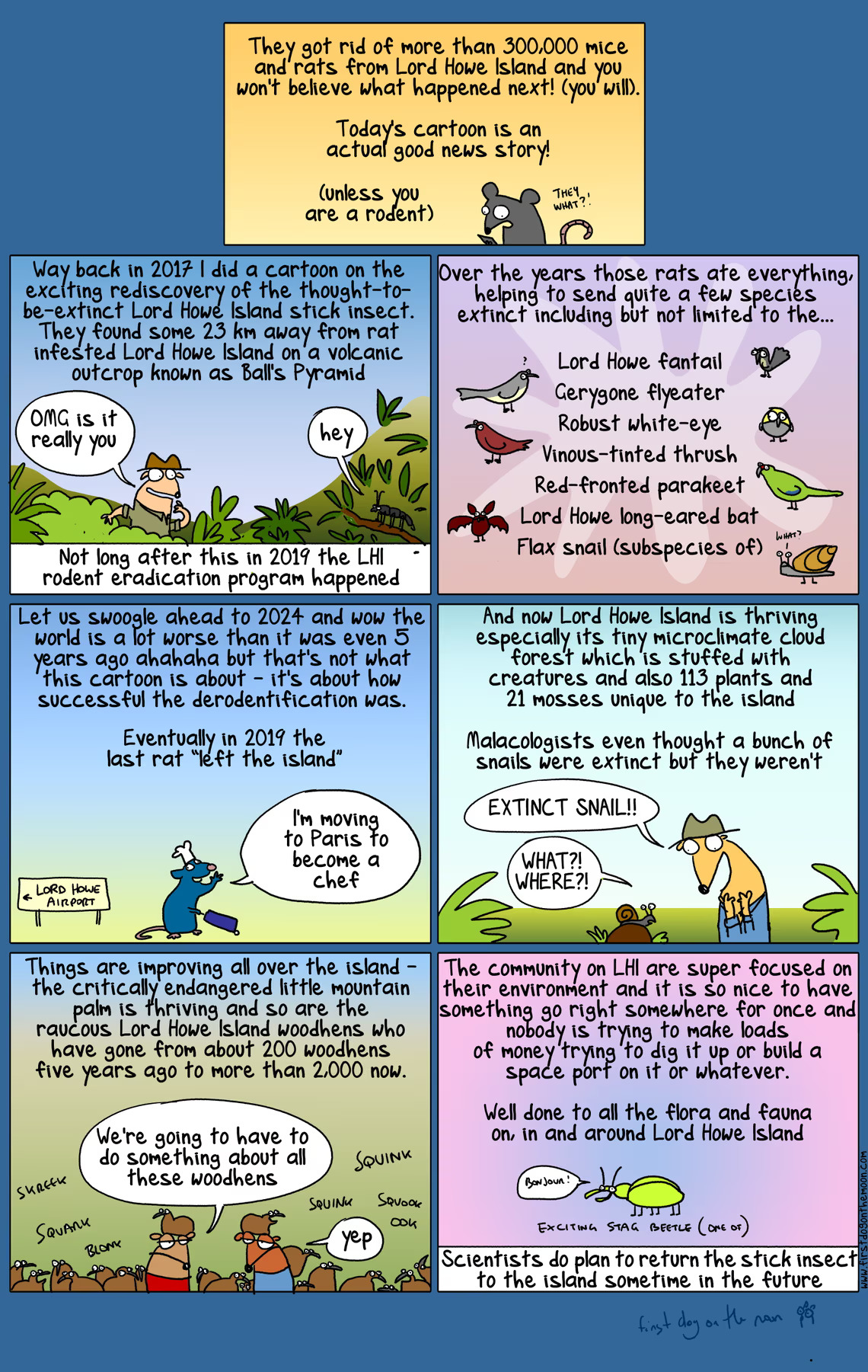
Northern Fulmar at sea
Susanne Kühn and Jan van Franeker (Wageningen Marine Research, Den Helder, the Netherlands) have written to ACAP Latest News on the findings of their lab’s long-standing work on plastic pollution in Northern Fulmars Fulmarus glacialis during 2023:
“In 2023 a total of 32 corpses could be recovered, of which 26 contained an intact stomach. In addition we report on 6 birds found in 2021 and 2022 (5 with stomach) that arrived in our lab too late for inclusion in our earlier reports. In order to avoid unstable annual variations, we always describe the ‘current situation’ in our monitoring analyses as the average over the past five years. From 2019 to 2023 we studied a total of 231 stomachs of which 94% contained plastics, and 53% contained more than 0.1 g of plastic. The international policy target is that this latter percentage has to be reduced to under 10%. The average fulmar stomach currently contains 24 plastic particles, weighing 0.27 g. Measured over the past 10 years, we cannot document a significant decline in ingested plastic mass. However, the longer term trend 2002-2023 of annual proportions of birds exceeding the 0.1g level, does show a significant decline (p=0.027) predicting that the 10% policy target might be reached around the year 2087.”
A belly full of plastic
“More than 9 our of 10 beachwashed Northern Fulmars has plastic in the stomach. Usually it concerns smaller quantities of some tenths of grams of plastic. However, some birds have so much plastic in the stomach that at opening of the corpse the litter is immediately evident. This short video illustrates the exceptional [record] of a fulmar found during 2022 in the Netherlands”.
In 2023, ACAP adopted the theme of “Plastic Pollution” to mark World Albatross Day on 19 June.
With thanks to Susanne Kühn and Jan van Franeker, Wageningen Marine Research.
References:
Kühn, S., Meijboom, A., Bittner, O. & Van Franeker, J.A. 2024. Fulmar Litter Monitoring in the Netherlands – Update 2023. Wageningen Marine Research Report C042/24 and RWS Centrale Informatievoorziening Report BM 24.15. Den Helder, The Netherlands. 54 pp.
Van Franeker, J.A., Kühn, S., Meijboom, A. & Bittner, O. 2024. Fulmar Finders Information - Netherlands 2023. Den Helder, The Netherlands:Wageningen Marine Research. 48 pp.
John Cooper, Emeritus Information Officer, Agreement on the Conservation of Albatrosses and Petrels, 09 December 2024

 English
English  Français
Français  Español
Español 

 The male RLK incubating on the Signal Station Trig nest, photograph from the New Zealand Department of Conservation
The male RLK incubating on the Signal Station Trig nest, photograph from the New Zealand Department of Conservation